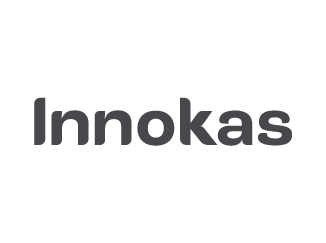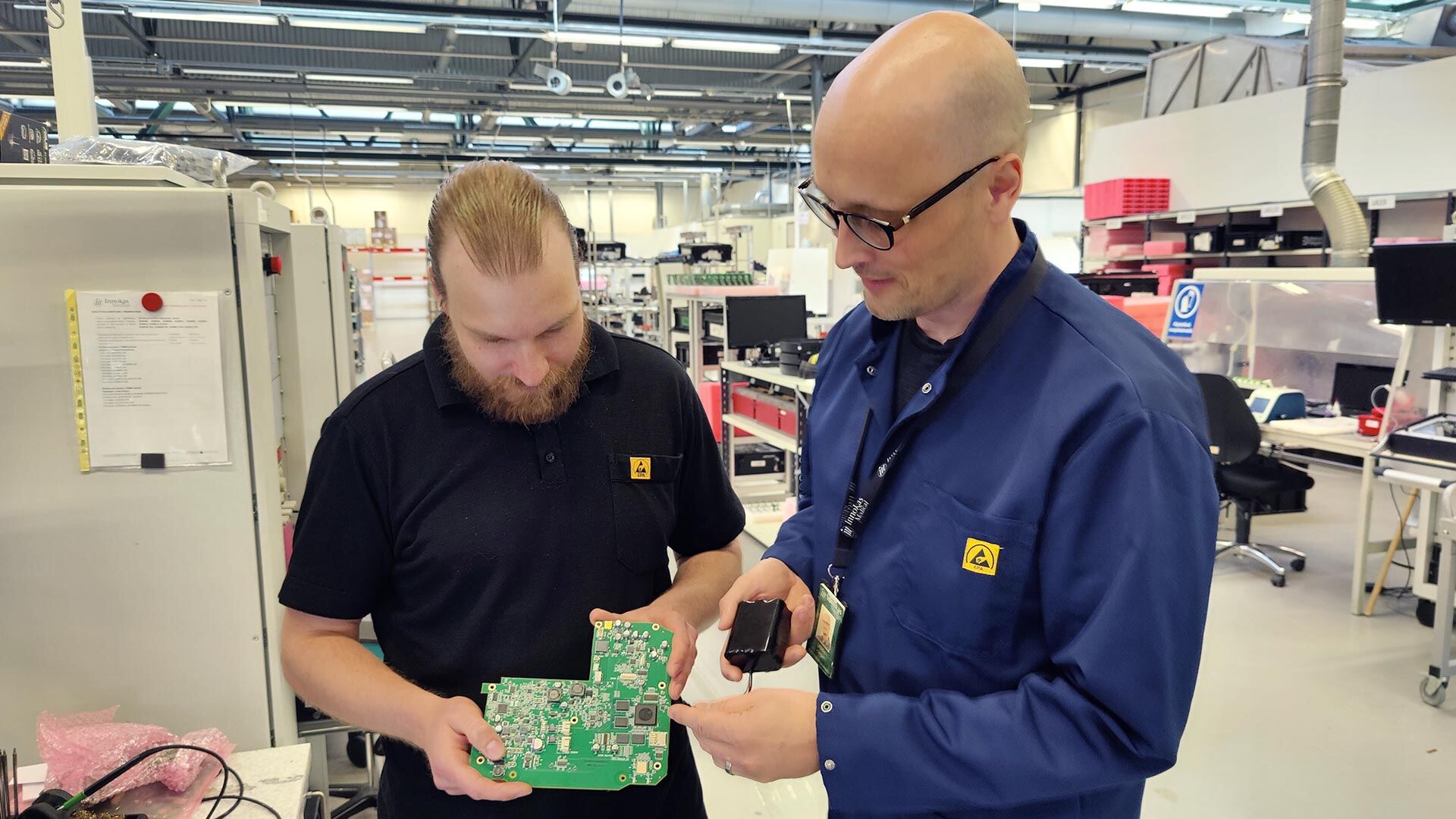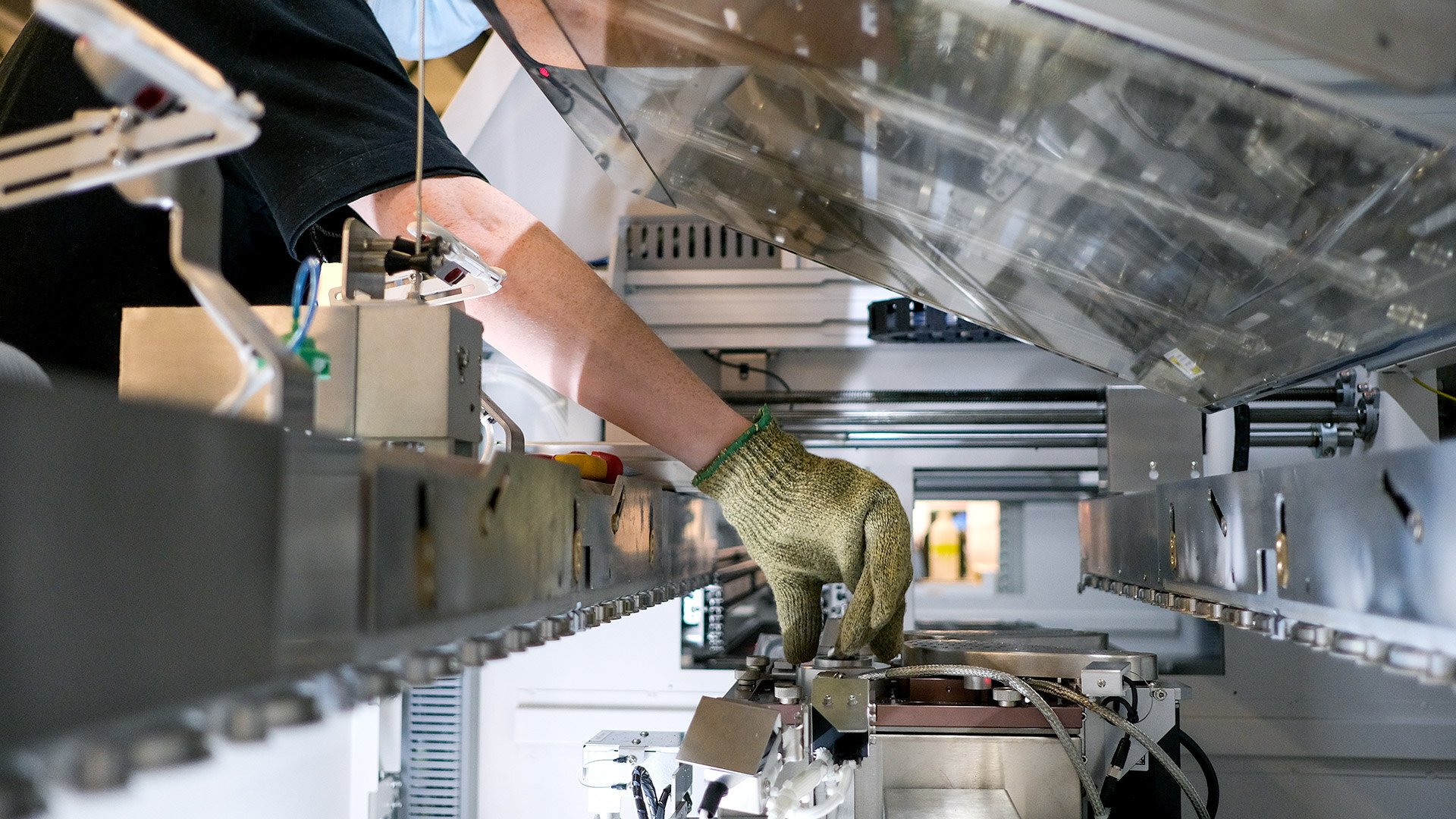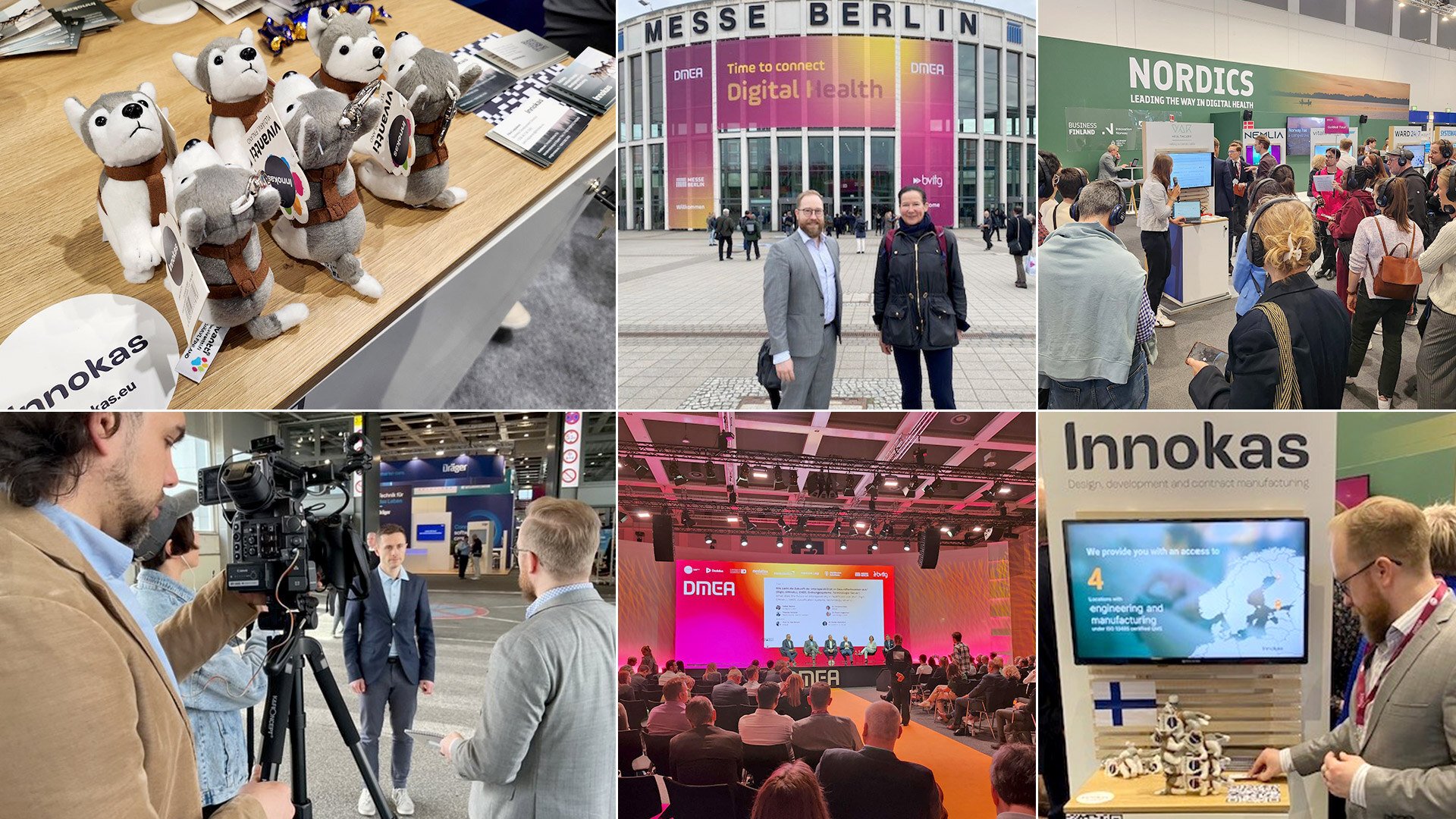It’s common practice in many industries to have prototypes made in different location than where mass production is planned. However, this approach can slow down production ramp-up and negatively impact long-term product development. When prototype manufacturing and mass production are carried out under one roof with a focus on long-term success, it has been proven to accelerate innovation cycles, optimize resource utilization, and achieve significant cost savings. In the article, experienced Business Development Director Mikko Kangas explains how close collaboration between these two processes at Innokas has helped to avoid common pitfalls during both the development phase and the transition to production.
Cooperation between product development and production brings efficiency
Manufacturing prototypes at the same location as mass production has been shown to enable efficient collaboration and continuous interaction between product development and production teams, which improves the efficiency and integrity of iteration cycles. Here are some particular areas where this collaboration makes the most notable difference.
Iterations and compliance – A single prototype round is rarely sufficient. The final product must meet numerous requirements, and it is uncommon to achieve all of them by the time the first prototype rolls around. Through close collaboration, a compliant end product can be developed faster.
Versatility – Prototypes serve a variety of purposes across different stages of development. For instance, they are essential for industrial design, testing, marketing, and securing investor support. In the case of medical devices, clinical,- and usability studies also require devices for end-user testing. Efficiency ensures that there are enough prototypes for all parties who need them.
Enabling early software development – In complex devices, PCBA's are required early in the process to allow embedded software to be developed and tested alongside the electronics.
Time savings and costs – Prototypes facilitate the uniform integration and verification of software and mechanical components, which saves both time and costs as errors and inefficiencies are identified at the earliest possible stage.
Resource management – R&D teams often face a shortage of prototypes, as high-quality prototypes are often redirected to other stakeholders and the teams are left longing. This naturally slows down project progress and creates additional workload.
Better communication and fewer mistakes
Prototyping and production at the same location have ensured continuity at Innokas. Key production factors, subcontracting chains, programming, and machine processes have remained consistent throughout. Feedback and development ideas related to the device and its components have been received directly from the manufacturer and subcontractors, streamlining future production phases and yielding significant cost savings by avoiding expensive retrospective changes. Furthermore, mass production was planned and prepared earlier than anticipated. By initiating product assembly planning and production testing development well in advance, substantial savings in both time and costs were achieved.
Cost control and resource optimization
The efficiency and economy of the production process has also increased in other respects when the various stages of product development are carried out under one roof.
First, by working with prototypes, a partner specializing in mass production has gained a deeper understanding of the challenges and requirements of manufacturing the product, which has accelerated and simplified the transition to full-scale production. This accumulation of critical information is important because it reduces errors in the future and improves the quality of the production process.
Second, the materials, BOMs, and documentation used during prototyping have been optimized to meet the needs of further manufacturing. Materials can be purchased for multiple production runs simultaneously, particularly for components with long lead times. Any surplus materials from prototyping can be integrated into mass production, reducing material waste. This not only enhances efficiency but also supports the sustainable development goals within the production process.
Third, combining prototypes and production in one place has led to significant savings in start-up costs. When prototypes are made using the same production equipment as mass production, additional start-up costs, typically incurred when switching suppliers or manufacturers, have been avoided. This cost-effectiveness has made the process more economically attractive and simplified the transition to full-scale production.
Effective collaboration on the prototype serves as a runway to the market
Combining prototypes and mass production under one roof has created a strong foundation for an efficient and economical production process at Innokas. This has sped up iteration, optimized resources, and reduced errors during product development. Additionally, cooperation has fostered a deeper understanding of product features and requirements, which has enhanced the transition to mass production. The end result is a high-quality, cost-effective, and market-ready optimized product – achieved much faster than without cooperation.
Innokas’ Design for Manufacturing has earned exceptional recognition from our customers. In particular, the efficient production ramp-up of complex smart devices has provided significant value. The process becomes much smoother when production teams are well-acquainted with the product beforehand. If you have any questions about the collaboration between development and production, don’t hesitate to reach out.
Consult

Mikko Kangas
Business Development Director











